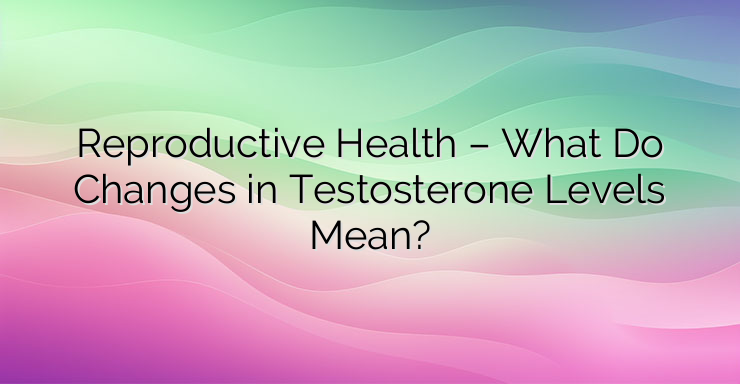Testosterone is a male steroid hormone produced naturally in men and to a lesser extent in women. It is an androgenic hormone whose role is to induce the development of male reproductive organs and reproductive functions. Testosterone is mainly secreted by the testicles. In women, androgens are released in small quantities by the ovaries and adrenal glands, but they are mainly obtained during the transformation of certain substances – the precursors androstenedione and dehydroepiandrosterone, which are converted into testosterone in the liver, adipose tissue and skin. Testosterone circulates in the blood in two forms: one bound to transport proteins, 30 to 40% of testosterone bound to albumin and 60 to 70% bound to SHBG, TeBG or SBP, and the other free. Why is testing testosterone levels necessary? Determination of blood testosterone levels is part of the hormonal evaluation in case of hirsutism in women, erectile dysfunction in men or evaluation of infertility. Most often, total blood levels are measured, which allow to estimate the production capacity of the hormone, while the determination of free levels – the levels of the hormone that is not bound to transport proteins, makes it possible to estimate the availability of testosterone in the tissues. In the male, the determination of total plasma testosterone associated with the measurement of TeBG is the best way to assess the hormonal functioning of the testes. The test can also be used in men who are being diagnosed with prostate cancer or are taking anti-androgen therapy. In women, the goal is primarily to assess the risk of hyperandrogenism – an excess of male hormones, which can cause menstrual disorders, acne, hirsutism and others. In children and adolescents The examination is necessary in case of hormonal disorders during puberty or abnormalities of the secondary genitalia, such as the development of gynecomastia in boys. Results The test is performed with a venous blood sample. It is recommended that the sample be taken in the morning, as hormone concentrations vary throughout the day. In women, the serum concentration of testosterone is lowest during the follicular phase of the menstrual cycle and reaches its maximum values in the middle of the menstrual cycle. That is why it is recommended for women that the examination be carried out in the first days of the menstrual cycle. Results Testosterone levels vary with gender, age, stage of puberty. Men 20 – 49 years: 2.49 – 8.36 ng/mL; Men over 50 years: 1.93 – 7.40 ng/mL; Women 20 – 49 years: 0.084 – 0.481 ng/mL; Women over 50: 0.029 – 0.408 ng/mL. Low testosterone levels in men Hypogonadism – androgen deficiency associated with a problem in the testicles or of central origin – due to involvement of the hypothalamus or pituitary gland; Cirrhosis; Taking certain medicines – mitotans; Hypothyroidism; Advanced age – andropause.High levels of testosterone in women Hyperandrogenism in women is characterized by excessive secretion of androgens – male sex hormones. The most characteristic manifestations of high testosterone levels in women are: Hirsutism – male type of hair; Acne; Seborrhea; Disorders of the menstrual cycle. What are the causes of high testosterone levels in women? Polycystic ovary syndrome; Adrenocortical tumor or ovarian tumor that is virilizing – associated with high concentrations of testosterone; Ovarian hyperandrogenism; Adrenal hyperandrogenism. References: https://www.passeportsante.net/fr/Maux/analyses-medicales/Fiche.aspx?doc=analyse-testosterone-sang


Leave a Reply